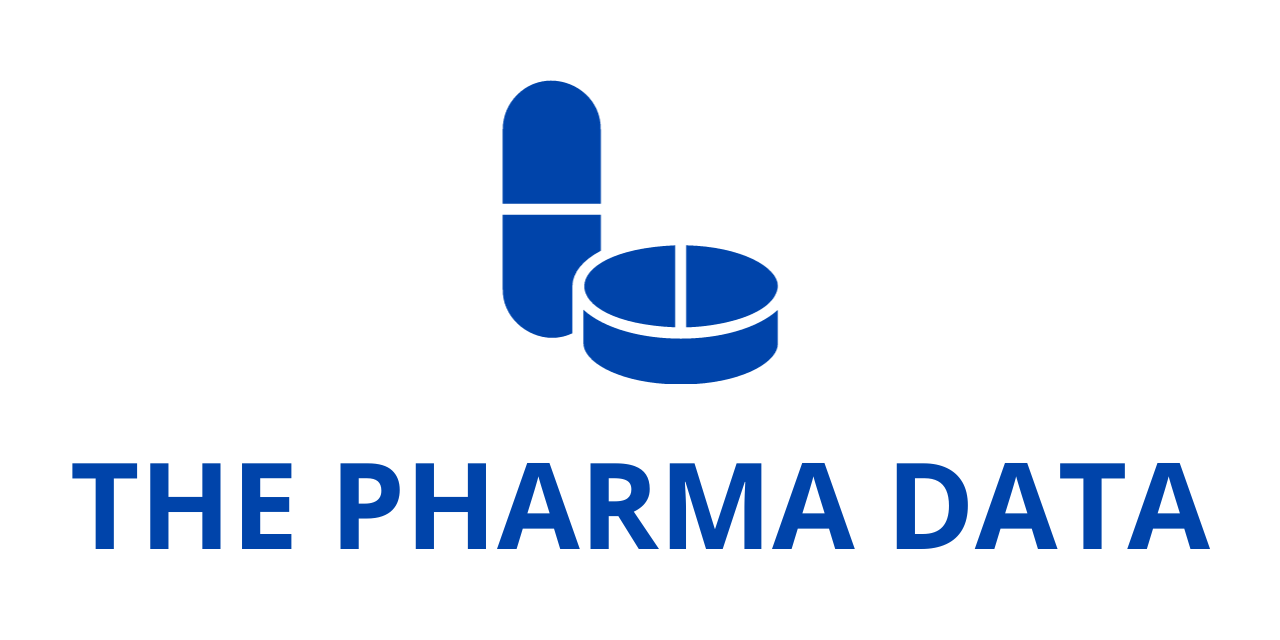
Omeros Updates Phase 3 Zaltenibart PNH Trial
Omeros Corporation has announced that site activation for enrollment is underway in its Phase 3 clinical trial program evaluating zaltenibart (OMS906) for the treatment of paroxysmal nocturnal hemoglobinuria (PNH). Zaltenibart is an investigational inhibitor of MASP-3, the key and most proximal activator of the alternative pathway of complement. This mechanism of action allows zaltenibart to inhibit both intravascular hemolysis, which is currently treated with C5 inhibitors, and extravascular hemolysis, which persists despite C5 inhibition. Importantly, zaltenibart does this while preserving the infection-fighting lytic arm of the classical complement pathway.
Expanding Clinical Trial Network
Omeros has identified 120 clinical investigative sites across 30 countries to participate in the Phase 3 zaltenibart program. Many of these sites have already identified pools of PNH patients ready for enrollment, and efforts continue to identify additional eligible patients. Data needed for submission of the Biologics License Application (BLA) and global regulatory approval dossiers remain on track for the fourth quarter of 2026.
Differentiation and Convenience in Dosing
The Phase 3 clinical trials will evaluate the efficacy and safety of intravenous zaltenibart administered once every eight weeks. This contrasts with currently marketed upstream complement inhibitors, which require significantly more frequent dosing—ranging from oral administration twice or three times daily (often in conjunction with C5 inhibitors) to subcutaneous infusions twice weekly. The extended dosing interval of zaltenibart, combined with its ability to inhibit both intravascular and extravascular hemolysis, provides a key differentiation from existing PNH therapies.
Previous Phase 2 data, presented at the American Society of Hematology and European Hematology Association Annual Meetings, demonstrated that zaltenibart effectively inhibited both types of hemolysis while restoring hemoglobin levels to gender-normal ranges in both men and women. Notably, no safety concerns have been observed in clinical trials to date.
Structure of the Phase 3 Program
The zaltenibart Phase 3 program consists of two pivotal trials:
- Trial 1: Patients not currently receiving complement-inhibitor treatment at the time of study entry.
- Trial 2: Patients with an inadequate response to either ravulizumab or eculizumab.
Both trials will compare zaltenibart monotherapy directly against C5 inhibitors (ravulizumab and eculizumab). Regulatory agencies in both the United States and Europe have reviewed and agreed on the study designs. The goal of these trials is to generate robust, head-to-head comparative data that may establish zaltenibart’s superiority over C5 inhibitors in treating PNH.

To support these trials, all necessary zaltenibart drug product has been manufactured, and comparator C5 inhibitors have been sourced. The trial designs are expected to yield data that could form the basis for comparative superiority claims, which would be beneficial for promotional efforts, market access, and pricing strategies.
Advancing Market Access and Commercial Readiness
As part of the company’s broader commercial strategy, Omeros has taken proactive steps to enhance the potential market positioning of zaltenibart. The company has engaged with the German Federal Joint Committee, a key decision-making body in Germany’s healthcare system responsible for determining reimbursement for medical treatments. Recommendations regarding patient-reported outcome (PRO) measures were sought and have been incorporated into the Phase 3 trial design. These measures are expected to play a significant role in securing appropriate pricing and reimbursement in the European market.
Executive Leadership Perspectives
Dr. Gregory A. Demopulos, Omeros’ Chairman and CEO, expressed confidence in the progress of the Phase 3 program:
“All of us at Omeros are pleased that the Phase 3 clinical program for zaltenibart is well underway. The zaltenibart Phase 2 data have demonstrated important differentiators from currently marketed agents, and we expect those same advantages to be evidenced in the Phase 3 trials, which are similar in design to our Phase 2 trials. We continue to refine and optimize the potential commercial impact of the zaltenibart advantages, and we look forward to our Phase 3 readout late next year and to bringing a better treatment option to PNH patients and their physicians. Based on the data to date, zaltenibart is a premier alternative pathway inhibitor, and we plan to continue expanding alternative pathway indications for our drug.”
Market Potential and Additional Indications
PNH represents a significant commercial opportunity, with the global market estimated at $3.8 billion in 2023 and projected to exceed $11.7 billion by 2034. Beyond PNH, Omeros is actively exploring additional therapeutic indications for zaltenibart. A Phase 2 clinical trial is currently underway to evaluate zaltenibart in patients with C3 glomerulopathy, and the company is assessing further applications for alternative pathway inhibition in other complement-driven diseases.




